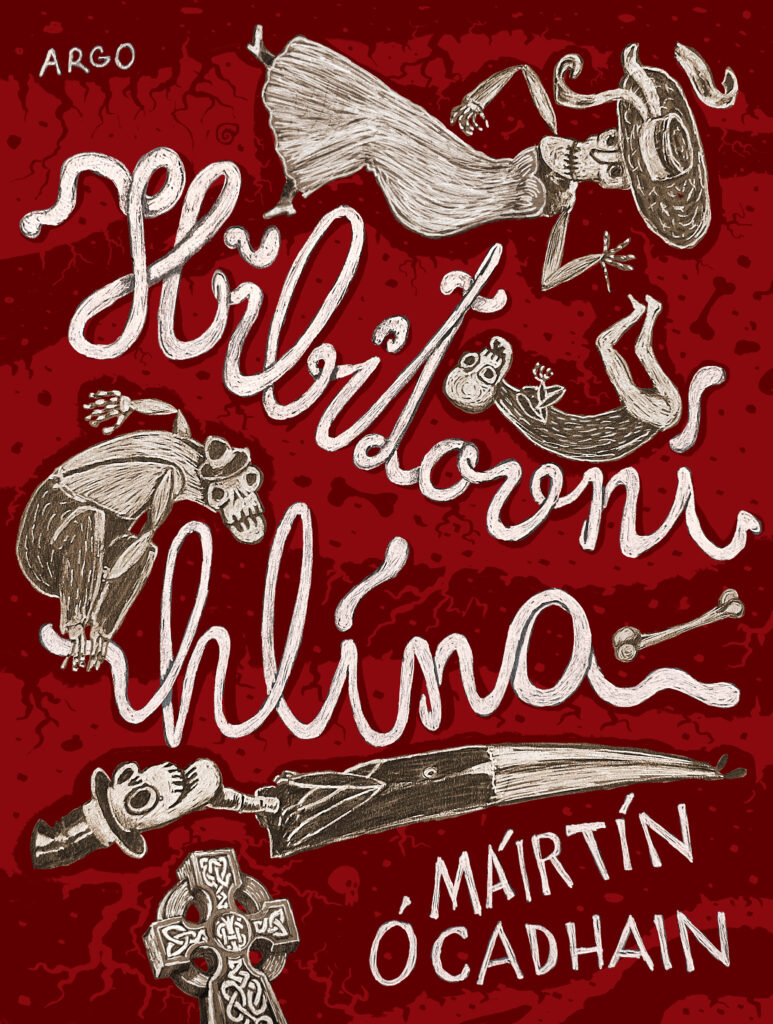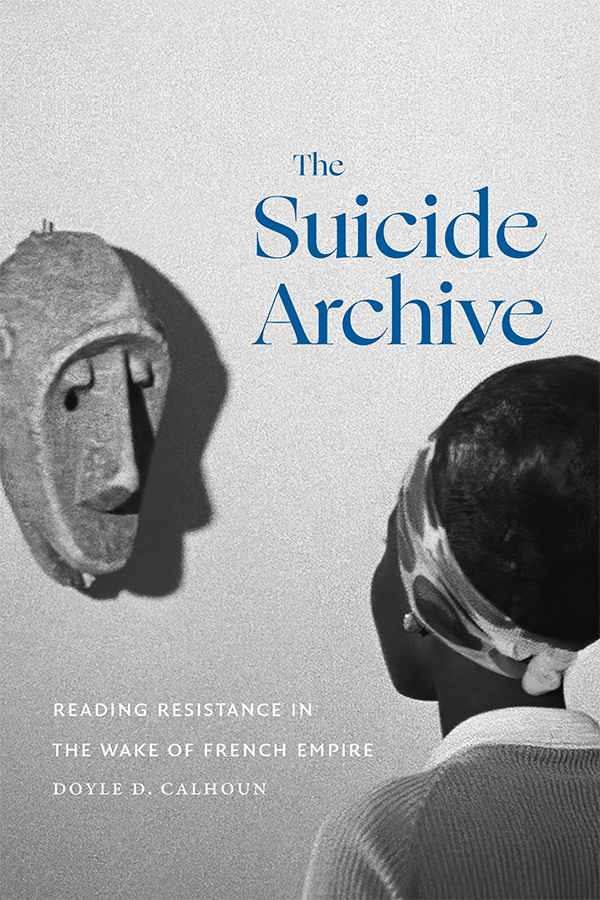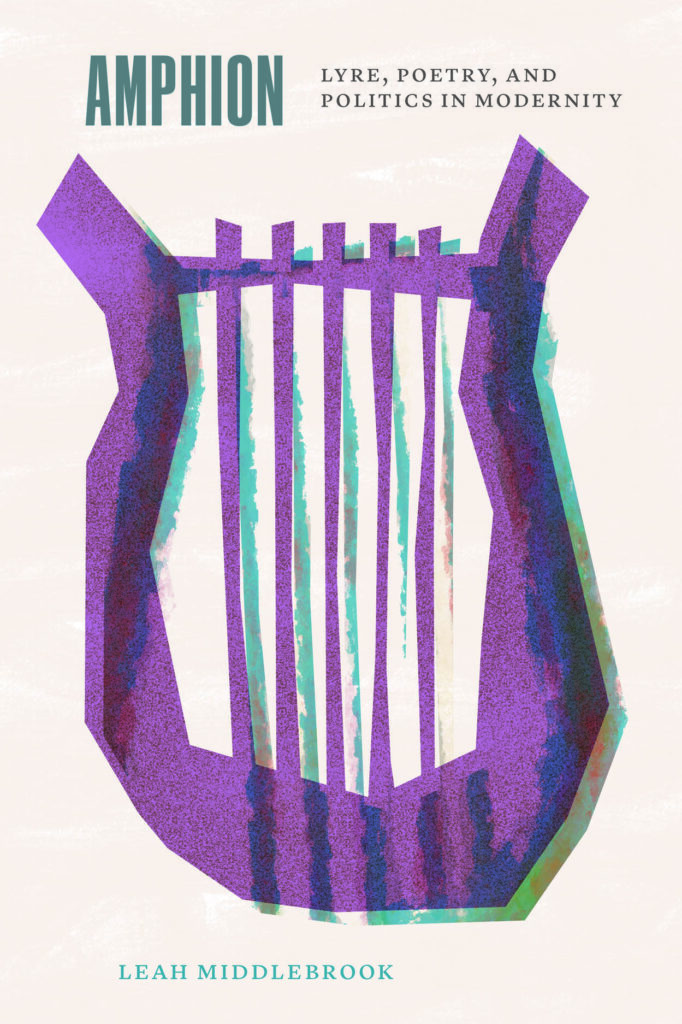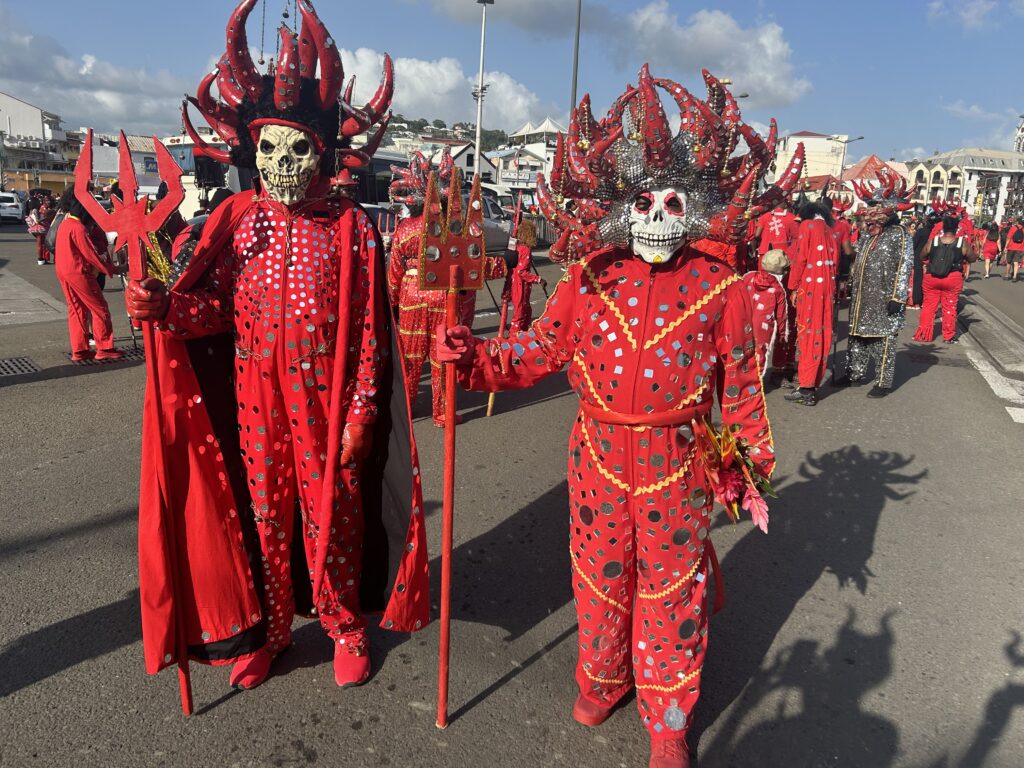Tá an phostáil seo mar chuid dár Scéim Tionscnaimh Taighde do 2024-2025.
This post is part of our Research Initiation Scheme for 2024-2025.
[ENGLISH TEXT PROVIDED BELOW]
Ar Dé Céadaoin 29 Márta, thug an Dr Radvan Markus caint faoina chuid taighde ar an úrscéal Gaelach is cáiliúla, Cré na Cille, a scríobh Máirtín Ó Cadhain in 1949. Is léachtóir sinsearach sa Ghaeilge é an Dr Markus in Ollscoil Shéarlas i bPrág. Saineolaí i litríocht nua-aoiseach na Gaeilge is ea é agus d’aistrigh sé Cré na Cille ó Gaeilge go Seicis.

Dearadh: Jan Augusta
Ag tús an léachta, mhínigh an Dr Markus gur dá phobal féin a bhí an Cadhnach ag scríobh ach gur aistríodh Cré na Cille go trí theanga dhéag. Dar le Markus go bhfaightear téamaí uilíocha sa scéal agus gur sin an fáth go bhfuil an scéal so-aistrithe go teangacha eile agus go cultúir eile. Níor foilsíodh leagan Béarla de Chré na Cille le linn bheatha an Chadhnaigh de bharr na ndeacrachtaí a bhí ag an bhfoilsitheoir teacht ar aistritheoir, ach rinneadh dhá aistriúchán Béarla air i ndiaidh a bháis: The Dirty Dust (2015) le hAlan Titley agus The Graveyard Clay (2016) le Liam Mac Con Iomaire agus Tim Robinson. Dúirt Markus go mbunaítear cuid de na haistriúcháin go teangacha eile ar leaganacha Titley agus Mhic Con Iomaire agus Robinson agus n’fheadar cé chomh cruinn is atá na nathanna cainte sna leaganacha sin.
De réir an Dr Markus is scéal ciclipéideach anordúil é Cré na Cille a léiríonn scéal Chonamara, scéal na hÉireann agus scéal na nÉireannach. Ach is scéal sothuighte do léitheoirí ar fud na hEorpa é freisin. Cuireann an scéal dearcadh na dtuathánach in iúl go soiléir don léitheoir: an chúlchaint, an tsíorsáraíocht, agus an t-éad. D’áitigh sé gur carachtar uilíoch í an príomhcharachtar Caitríona Pháidín ar féidir a macasamhla a aimsiú i gcultúir dhomhanda éagsúla, cuir i gcás cultúr na Seice.
Continue reading


